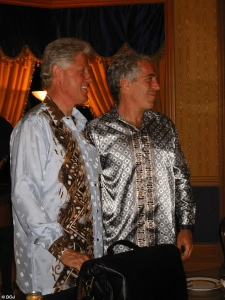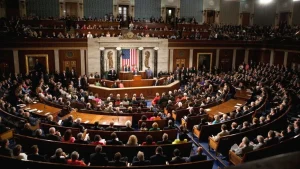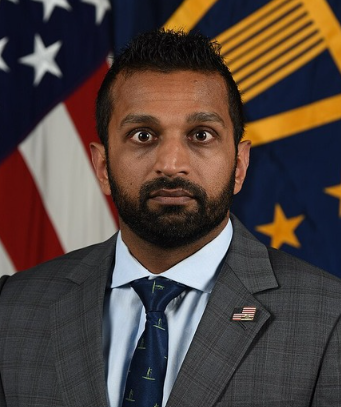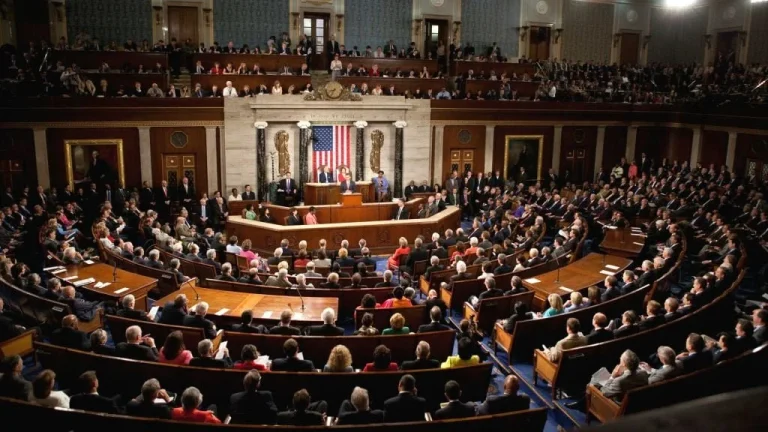The ongoing federal investigation into the killing of conservative commentator Charlie Kirk has entered a new phase, with FBI Director Kash Patel publicly addressing some of the central pieces of evidence. His remarks, coupled with information from law enforcement sources and cooperating witnesses, provide the clearest picture yet of what investigators believe led to the fatal attack.
While authorities have avoided releasing all details, what has been shared paints the outline of a plot that was deliberate, calculated, and motivated by political animus. At the same time, some questions remain unanswered, underscoring how complex and sensitive the inquiry continues to be.
Background of the Case
Charlie Kirk, founder of Turning Point USA and a prominent ally of President Donald Trump, was killed while speaking at Utah Valley University. The event was one of many on his speaking circuit, drawing a large crowd of students, supporters, and opponents alike. What was intended as a political discussion ended in violence, sparking national debate about security at public events, the climate of political rhetoric, and the potential for targeted violence against public figures.
The alleged shooter, Tyler Robinson, 22, was taken into custody after a swift manhunt that involved federal, state, and local agencies. Robinson’s arrest was made possible by a combination of forensic evidence, eyewitness accounts, and digital communications that investigators say directly linked him to the attack.
Though law enforcement has emphasized that the investigation is ongoing, Director Kash Patel’s statements provide the most authoritative account so far of how authorities believe the plot was carried out.
Forensic Breakthroughs
One of the most significant developments has been the recovery of DNA evidence. According to Patel, investigators found a towel wrapped around the rifle believed to have been used in the attack. DNA extracted from the towel was matched to Robinson.
Additional forensic work tied Robinson to a screwdriver discovered on a rooftop near the scene. Authorities believe the rooftop provided a vantage point from which the fatal shot was fired. The presence of Robinson’s DNA on both items gave investigators confidence that they had correctly identified the suspect, Patel said.
These findings were not isolated. The firearm itself was recovered, and while the FBI has not disclosed every detail of its analysis, Patel confirmed that the ballistics were consistent with the weapon used in the shooting. Taken together, the evidence created what investigators consider a “high-confidence link” between Robinson and the crime.
Text Messages and Intent
Perhaps the most chilling detail revealed by Patel was the existence of text messages in which Robinson allegedly outlined his plan. In one exchange, Robinson wrote that he had an opportunity to “take out Charlie Kirk” and that he intended to act on it because he “hated what Kirk stood for.”
Patel did not specify the exact date of the messages or whether they were sent to a friend, associate, or partner. Nevertheless, the content alone suggests that the act was not spontaneous. Instead, investigators believe it was premeditated, fueled by ideological opposition to Kirk’s political beliefs.
According to Patel, these digital communications are being treated as key evidence. They may also prove crucial in any eventual prosecution, offering direct insight into Robinson’s motive and state of mind in the days leading up to the attack.
The Role of Cooperating Witnesses
In addition to digital forensics, investigators have relied on information from people close to Robinson. Reports indicate that Robinson lived with a partner who has been cooperating with the FBI. While the partner’s identity has not been officially confirmed by federal authorities, sources close to the investigation told outlets such as Fox News and CBS that the individual has provided valuable insight into Robinson’s behavior, preparations, and mindset.
This cooperation has helped investigators piece together a timeline of events: how the weapon was obtained, where it was hidden, and how Robinson may have planned his approach. Patel, while careful not to overstate the role of witness testimony, acknowledged that cooperation from individuals close to the suspect has accelerated the pace of the inquiry.
Motive Under Scrutiny
The question of motive remains central. Governor Spencer Cox of Utah, speaking after the arrest, suggested that Robinson had grown increasingly hostile toward Kirk and the movement he represented. According to Patel, the suspect’s words in the text messages underscore this hostility.
However, Patel cautioned against assuming that political ideology alone provides a complete explanation. Federal investigators are examining whether Robinson was influenced by online radicalization, personal grievances, or broader ideological movements. They are also considering whether any outside actors played a role, though no evidence of direct coordination with extremist groups has yet been made public.
This approach reflects the FBI’s broader strategy: to avoid prematurely narrowing the scope of the investigation. Patel has emphasized that all potential angles are being explored before formal conclusions are drawn.
National Reaction
The killing of a high-profile political figure has generated widespread debate. Supporters of Kirk have described the attack as proof that conservative voices are under increasing threat. Critics of political violence in general have called for a sober reassessment of how divisive rhetoric may contribute to acts of extremism.
President Trump, who has worked closely with Kirk over the years, has expressed outrage over the killing and promised federal support to ensure justice is served. Lawmakers across party lines, while disagreeing on broader political implications, have condemned the act as an unacceptable assault on democratic discourse.
For Patel and the FBI, the national spotlight only adds pressure. Every new piece of evidence is dissected by the media and online commentators, creating an environment where speculation often competes with confirmed fact. Patel’s decision to go public with certain details appears designed to strike a balance: sharing enough to maintain public trust while keeping sensitive information confidential until the investigation concludes.
What Remains Unknown
Despite the progress, several questions remain unanswered. The precise timeline of Robinson’s planning has not been revealed. The identity of the individual who received the incriminating text messages has not been disclosed. And while investigators believe Robinson acted alone, they continue to examine whether anyone else provided assistance, knowingly or otherwise.
Equally significant is the matter of Robinson’s broader motivations. Was this act primarily political? Was it driven by personal issues that happened to intersect with ideology? Or was it part of a larger pattern of radicalization? Until investigators complete their work, these questions will remain open.
Looking Ahead
For now, the case against Robinson appears strong, bolstered by DNA evidence, witness cooperation, and digital communications. If federal prosecutors pursue charges, they are likely to present the narrative of a calculated, ideologically motivated act. Patel’s statements suggest the FBI is confident in the evidence gathered so far, even as they continue to collect additional proof.
The investigation is also likely to have lasting implications beyond the courtroom. It raises questions about how public figures can be protected, how early warning signs of violent intent can be detected, and how law enforcement should navigate politically charged crimes.
As Patel noted in his remarks, the goal is not only to secure justice in this case but also to ensure that lessons learned can help prevent similar acts in the future.
Conclusion
Kash Patel’s decision to address the evidence publicly marked a turning point in the investigation. His remarks offered clarity where speculation had dominated and reaffirmed that the FBI is moving deliberately toward a resolution.
The killing of Charlie Kirk shocked the nation, but the investigation into Robinson’s actions is now providing answers. DNA analysis, digital communications, and human testimony form the backbone of the case. What remains is for investigators to connect the remaining dots, for prosecutors to bring charges, and for the courts to weigh the evidence.
Until then, Patel’s words stand as both reassurance and reminder: reassurance that justice is being pursued with rigor, and reminder that the underlying issues—political polarization, security at public events, and the potential for targeted violence—will not fade when the case closes.

James Jenkins is a celebrated Pulitzer Prize-winning author whose work has reshaped the way readers think about social justice and human rights in America. Raised in Atlanta, Georgia, James grew up in a community that instilled in him both resilience and a strong sense of responsibility toward others. After studying political science and creative writing at Howard University, he worked as a journalist covering civil rights issues before dedicating himself fully to fiction. His novels are known for their sharp, empathetic portraits of marginalized communities and for weaving personal stories with broader political realities. Jenkins’s breakout novel, Shadows of Freedom, won national acclaim for its unflinching look at systemic inequality, while his more recent works explore themes of identity, resilience, and the fight for dignity in the face of oppression. Beyond his novels, James is an active public speaker, lecturing at universities and participating in nonprofit initiatives that support literacy and community empowerment. He believes that storytelling is a way to preserve history and inspire change. When not writing, James enjoys jazz music, mentoring young writers, and traveling with his family to explore cultures and stories around the world.







